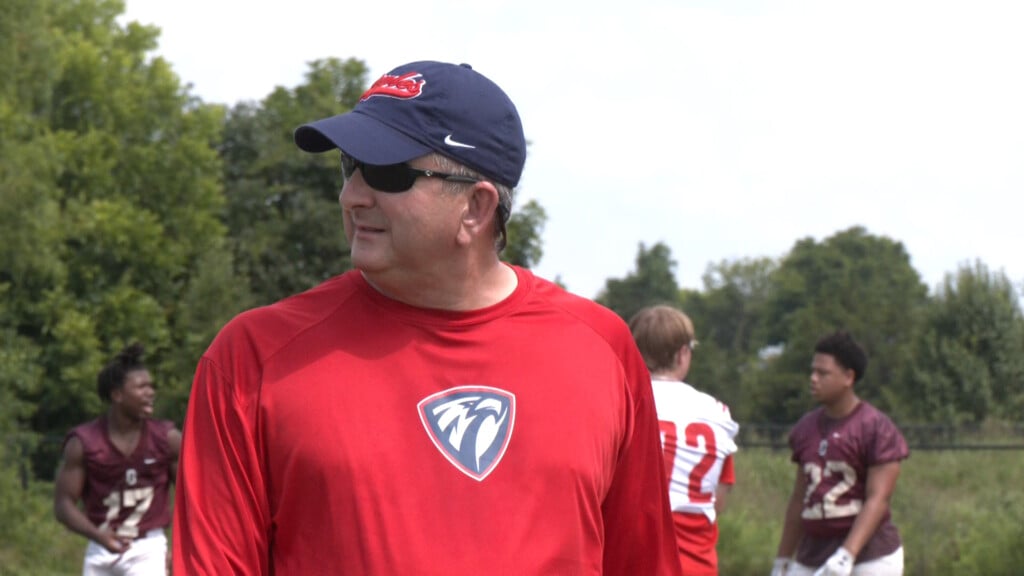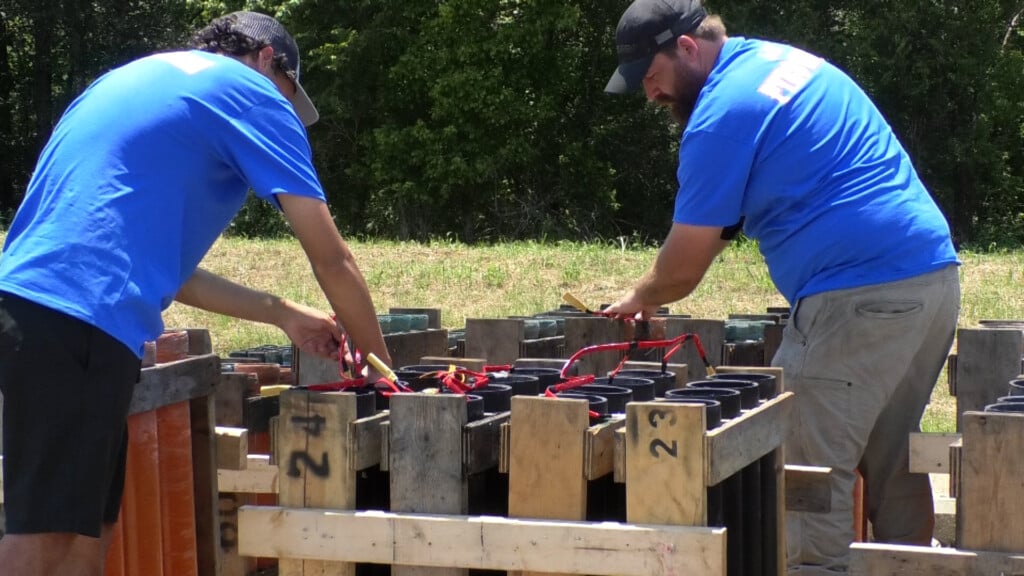Boeing identifies Starliner parachute rigging problem
The failure of a parachute to deploy during a dramatic unpiloted test of a Boeing CST-100 Starliner capsule’s emergency abort system Monday was traced to a pin that was not properly connected to a pilot chute lanyard before launch, a company manager said Thursday.
A Starliner capsule carrying an instrumented test dummy was launched from the White Sands Missile Range in New Mexico on Monday to test the emergency thrusters and software needed to quickly pull a ship away from a catastrophic booster malfunction.
The spacecraft shot away from its test stand, accelerating from zero to more than 500 mph in just five seconds and arcing up to a predicted altitude of more than 4,000 feet. Flipping around and jettisoning its forward heat shield, a series of small drogue and pilot chutes deployed, stabilizing the craft and pulling out two of three main parachutes.
Trending News
Despite the heavier-than-planned load on the two deployed parachutes, the Starliner settled to a relatively gentle airbag-assisted landing.
John Mulholland, Boeing’s Starliner program manager, said parachute rigging procedures are being modified to make sure no similar problems happen at the end of an unpiloted test flight to the International Space Station next month or piloted flights starting next year.
“One of the things that we did as soon as we identified root cause was to go off and look at the procedures, identify areas where we could provide robustness,” Mulholland told reporters in a teleconference. “That’s a long-term solution to make sure this never happens again.”
“More immediate and important for the uncrewed flight test that’s scheduled for next month, we went in and validated that all three of those linkages were properly configured.”
As for why engineers did not catch the problem with the chutes used for the abort test, Mulholland said “the pilot chute has a Kevlar riser with a loop at the end of it. So a pin would normally be inserted into that loop and secured. That linkage and the pilot parachute riser is enclosed in a protective sheath that prevents abrasion. It’s very difficult when you’re connecting that to verify visually that it’s secured.”
A review of recovered hardware and close-out photos taken before the test showed “in this particular case that pin wasn’t through the loop,” Mulholland said. As a result, when the pilot chutes deployed to pull out the mains, one of them was not properly connected.
Mulholland said “pull tests” and others will be implemented “to make sure we’re robust going forward.”
He praised the rigging team, saying “even before we got eyes on the hardware, that team on their own initiative (was) reviewing the close-out photos and the processes, and they identified the potential issue that was subsequently validated by hardware inspection.”
“Most importantly, they raised their hand and and let us know what they believe the problem was,” he said. “It’s really a testament to the transparency of that team. The speak-up culture that we have, that is what we need on this program.”
Boeing and SpaceX are both building ferry ships to carry astronauts to and from the International Space Station, ending NASA’s sole reliance on Russian Soyuz spacecraft. SpaceX is gearing up for an uncrewed in-flight abort test with its Crew Dragon capsule next month before launching two astronauts to the station sometime next year.
If Boeing’s unpiloted flight to the station goes well, the company will press ahead with work to ready another capsule for launch with a crew of three. NASA managers hope to certify one or both companies for operational crew rotation flights before the end of 2020.





Leave a Reply